6 Tips for a Paper-Free Kitchen

Let’s admit it: Going through rolls and rolls of paper towels in your kitchen is really easy. Especially if you have kids or pets, spills and stains are at every turn and grabbing for that roll of paper towels can feel like the quickest fix. In this article, we are questioning whether or not that is actually the case. I’m sharing the best tips for going paper-free in your kitchen – both your wallet and the planet will thank you.
Why Go Paper-Free in the Kitchen?
First let’s talk about paper waste. But we can recycle paper, right? Unfortunately, the EPA estimated in 2015 that the recycling rate for paper products was barely over 50%. That means half of consumable paper products produced are ultimately sent to landfills. And this waste estimate doesn’t account for the environmental impact of manufacturing, transporting, and packaging paper towels. A whopping 40% of the world’s commercially cut timber is used for the production of paper!
To touch on packaging, paper towels are typically packaged in non-recyclable plastic. What makes this a bummer? “Plastic takes more than 400 years to degrade” (National Geographic), which means it will be accumulating in landfills for generations and generations.
How to Set Up a Paper-Free Kitchen
Now that I’ve scared you away from using paper in your kitchen, you can rest assured that there are simple, easy ways to set up your kitchen to go paper-free.
- Make a list. Do you and your family use paper napkins at the dinner table? Wipe down your counters with paper towels? Clean your fridge with paper towels? Pick up spilled food with paper towels? Make a checklist of all the ways that you’re currently using paper in your kitchen so you can more effectively brainstorm what materials you might need for environmentally-friendly alternatives.
- Stock up on more than enough cleaning cloths. If you only have 4 cleaning towels and you use 2/day, then by day 3 you will most certainly be turning back to your roll of paper towels. Make sure you invest in enough of whatever paper alternative you choose based on how often you plan to tackle kitchen laundry.
- Create a storage system that works for you. One popular place to store in-use bar mops and/or microfiber cloths is under the sink. I recommend installing small hooks inside of your under-sink cabinet to hang damp cloths to dry that are still in-use. This makes them easily accessible by all family members. Stack clean cloths neatly either under the sink or in another cabinet nearby!
- Color-coordinate. I recommend purchasing 2 colors or 2 different types of cleaning cloths – one for the countertops and table surfaces, and another for the floor. After cooking and meal times, anyone in the family can help clean by grabbing the appropriate cloth for the appropriate task. Once finished, they can rinse it clean in the sink, then hang it back on its hook to dry until the next cleaning.
- Dedicate a dirty cloth basket or bin. If space allows, dedicate a bin, hamper (like this wall-hanging solution from Yellow Brick Home), or basket (I use baskets on our pantry shelf) in your kitchen to toss your dirty cloths until you’re ready to run a load of laundry. Just make sure that your cloths are completely dry before you put them into a hamper to avoid mold/mildew/smells!
- Minimize unnecessary laundry. If your family members don’t soil their cloth napkins during meal times, you don’t have to wash them after every single meal. Give each family member their own unique napkin ring (I listed a few options below!) so napkins don’t get mixed up and only toss them into the wash when they actually need it.
6 Essential Products for a Paper-Free Kitchen
We have a system in mind, now we need the proper toolkit. See below for product suggestions that will make your paper-free kitchen a success!
1. Bar mops

These towels are used at bars and restaurants to wipe up big messes from customer tables because they’re absorbent and effective. I like using damp bar mops to wipe up food bits leftover on our counters, kitchen table, and floors after meal times (…life with a 13 month old is messy!). I dump the mess into the trash or garbage disposal then rinse/reuse as I go. Once wiped up, I give the bar mop one final cleansing rinse, wring it out, then hang it up to dry until the next mess pops up.
- White with Gold Stripe
- Plain White
- Grey and White (more colors available!)
- White with Green Stripe
- White with Blue Stripe
2. Microfiber cloths

After cleaning food debris with a bar mop, I finish the job with a microfiber cloth. Microfiber does a much better job at shining surfaces and removing gross residue than a bar mop ever could. I usually spray some DIY surface spray, let the cleaner sit on surfaces for a minute or two, then wipe up with microfiber. Again, once complete I’ll rinse, wring, and hang these cloths to dry until the next job.
Note: While microfiber cloths are great for cleaning, microfiber is not necessarily great for the environment. A more eco-friendly alternative could be using old cotton t-shirts as finishing rags when cleaning in your kitchen.
3. Cabinet Hooks

Where should you hang your damp cloths to dry in-between jobs? One option is over the handle of your oven door, but I prefer using that hanging space for my waffle weave microfiber (great for drying dishes and hands). Instead I use small hooks inside of my under-sink cabinets. This way, I don’t have to look at grimy towels and microfiber cloths but they’re still being hung properly to dry in-between uses.
- Over the Door Hooks
- Command Hook
- 5 Hooks Organizer Rack
- Over the Cabinet Towel Rack
- Over the Cabinet Single Hook
4. Fabric Napkins
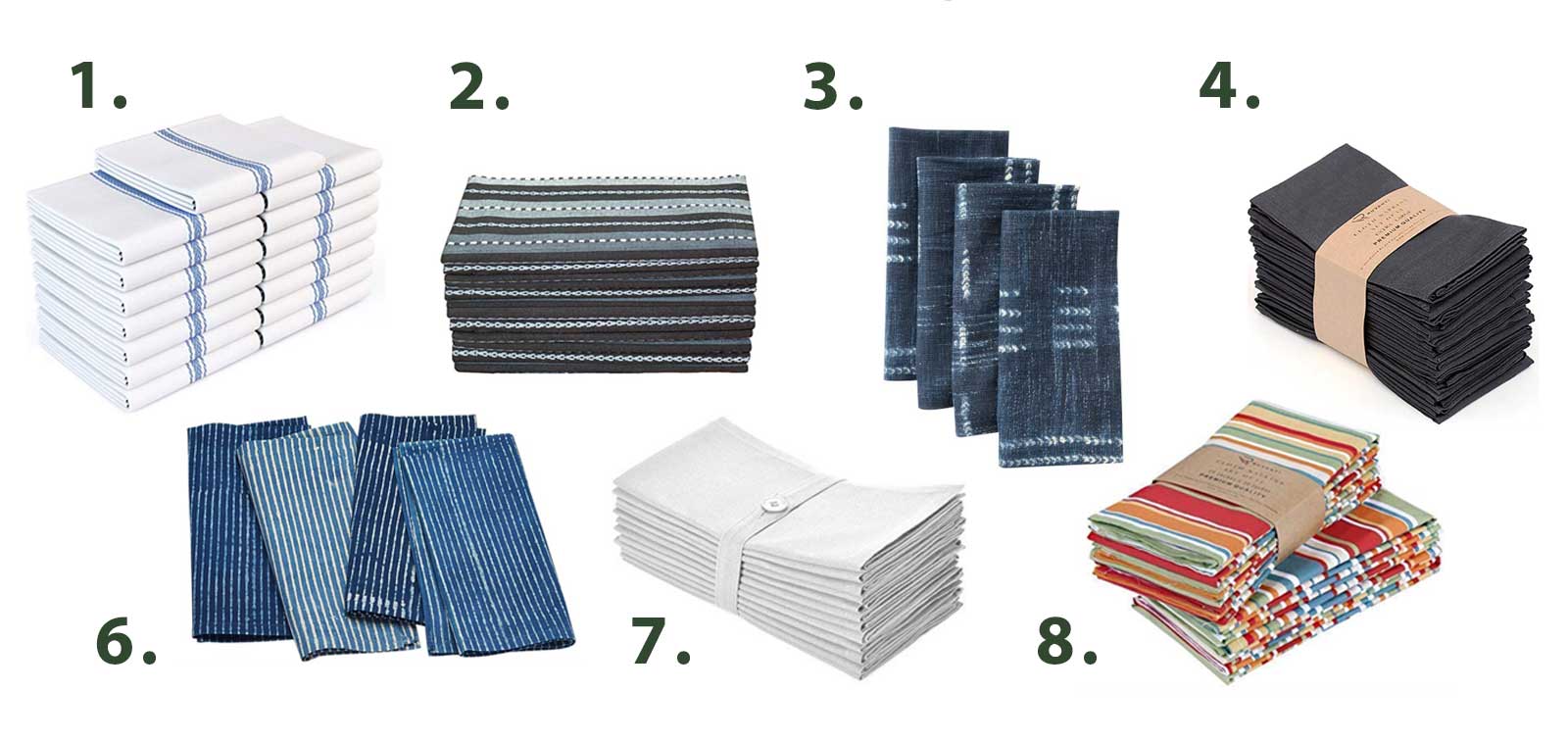
I recommend darker fabric options for everyday use, which will mask staining so you don’t have to soak your napkins in stain remover every time you wash. I would also recommend trying to stretch these for two to three uses, then toss the cloth napkins into your designated hamper.
- White with Blue Stripe (fun fact: Bon Appetit knighted these “the best kitchen towels”)
- Grey Stripes
- Shibori Dot
- Grey Linen
- Indigo Stripe
- White 100% Cotton
- Colorful Stripe
5. Napkin Rings

One tip is to choose a set that includes a unique ring for each family member. Each family member can “label” and re-use their napkin with their assigned napkin ring until it’s time to wash.
- Azulejo Set
- Dot Shell Set
- Mixed Herbs
- Wooden Set (carve family member initials to “assign” napkins to each person)
- Ginger Jar Set
6. Laundry Basket System

In my kitchen, I dedicate a small basket for dirty bar mops, rags, and napkins; a second basket for microfiber towels; a third basket for reusable shopping bags.

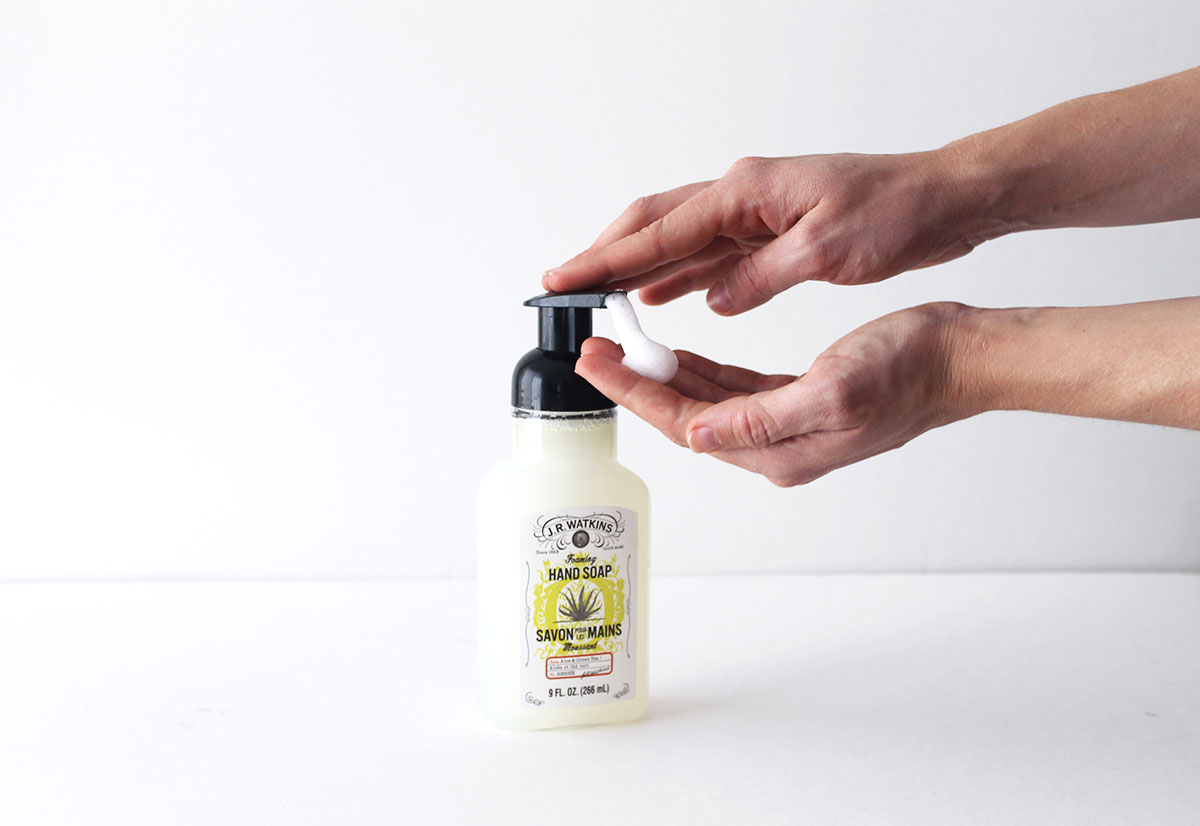
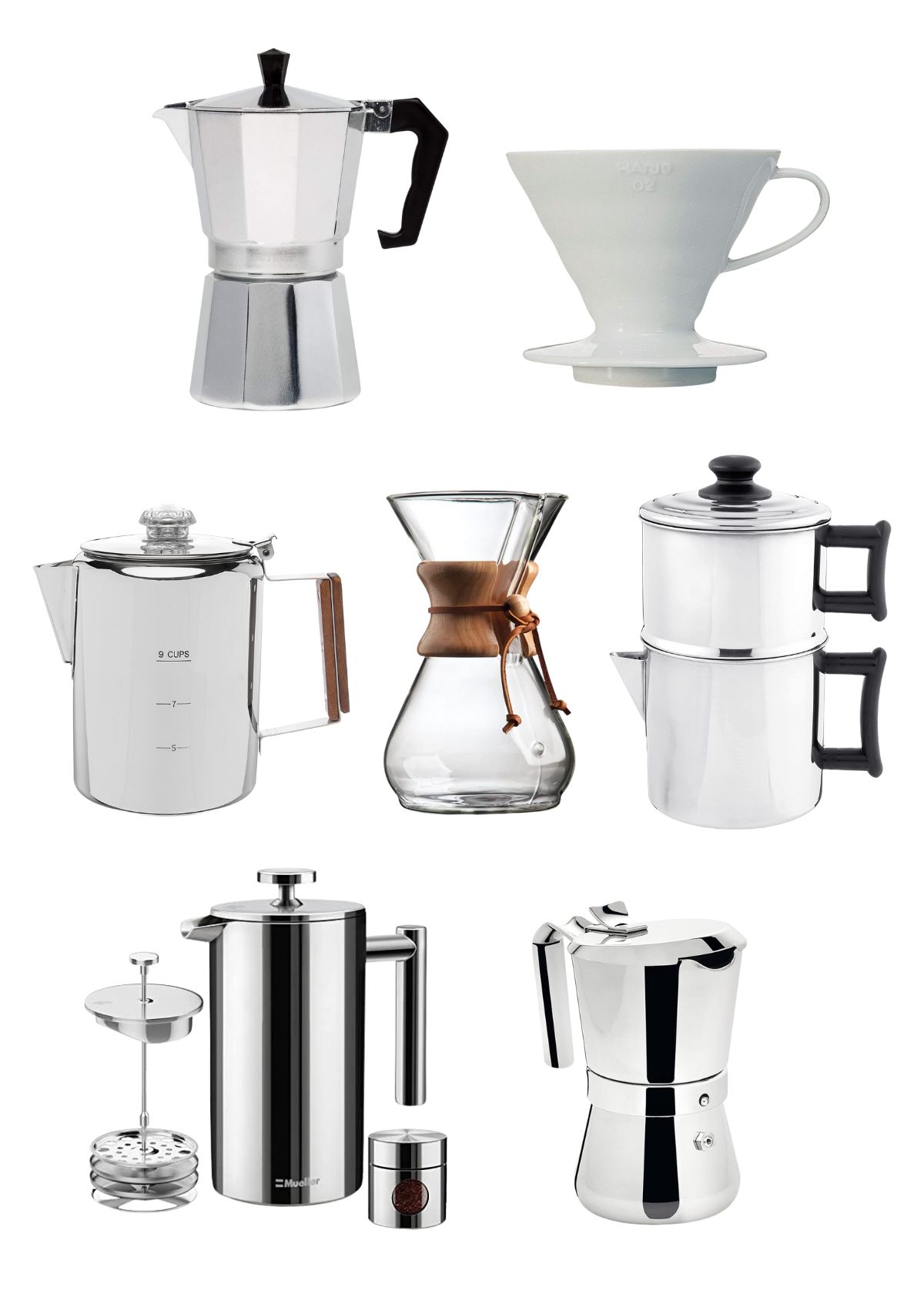
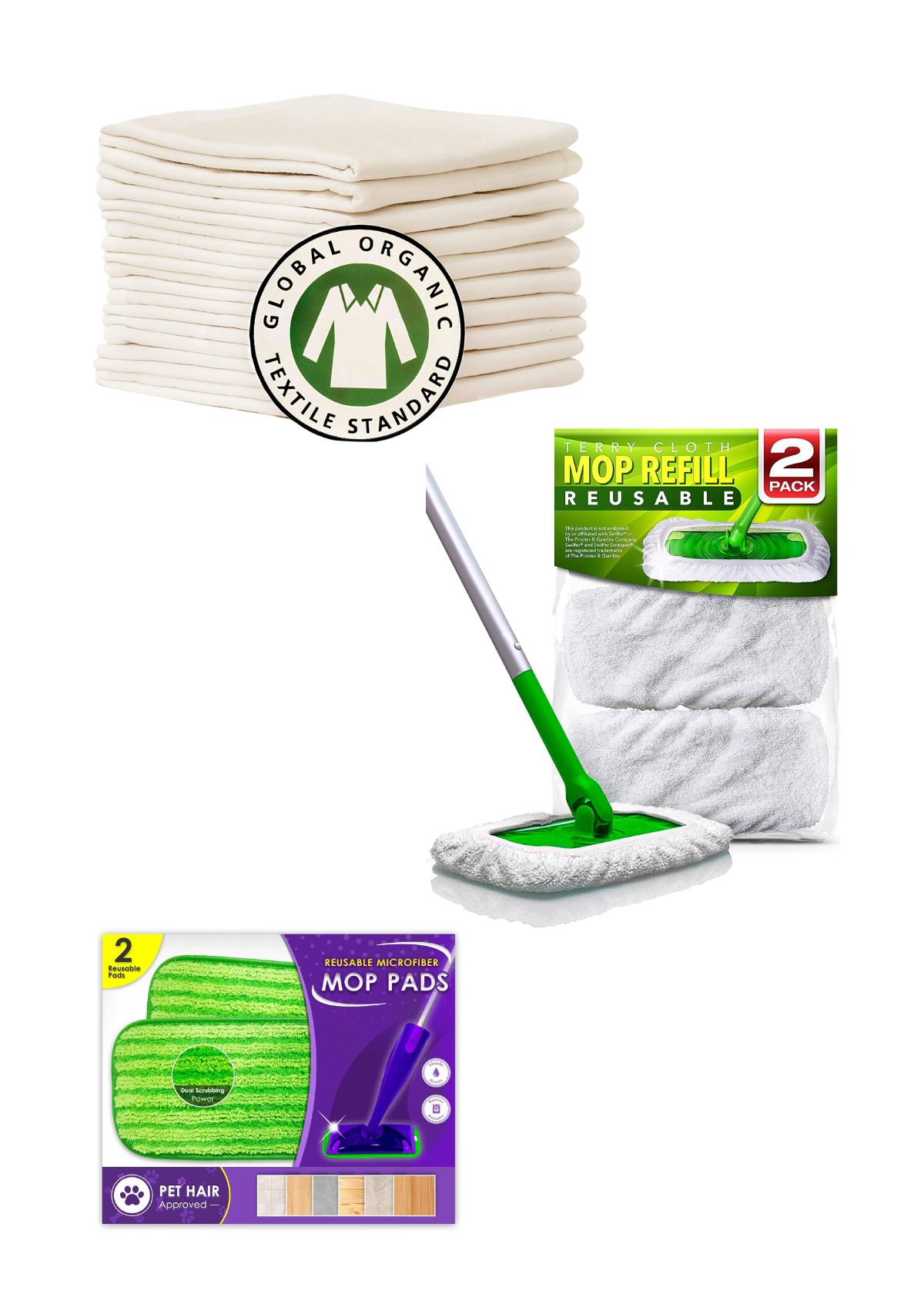

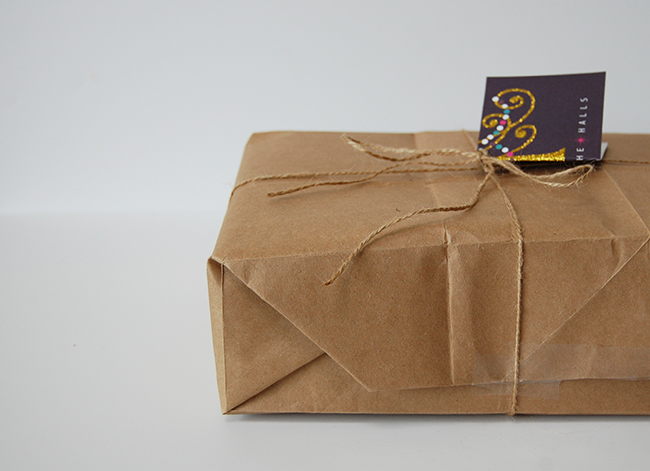
Small comment – seem to use a lot fo water in rinsing – also a shrinking resource.
Hi Dennis, this is a valid concern! It is next to impossible to be completely “sustainable” however when considering the amount of water used to grow (then destroy) trees, process paper products and plastic packaging, and transport paper products it seems reasonable that purchasing reusable options that can be washed and air dried once a week for years and years is likely the better option. Especially if we all do our part to reduce our water usage elsewhere in the home.
Thanks again for commenting and for your environmental concerns!